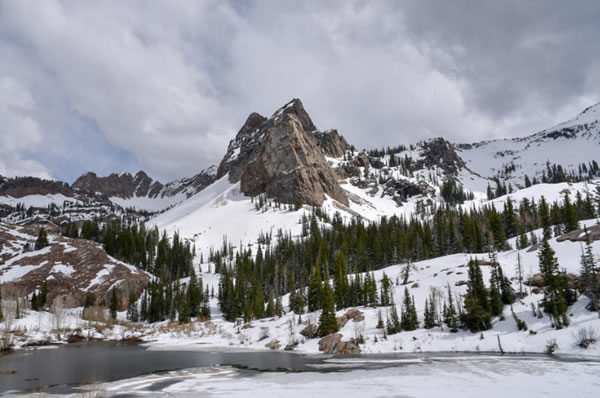News Article
June 1, 2016
Study: Snowpack Shifts as Wasatch Warms
University of Utah and iUTAH researcher Court Strong was recently featured in the news. A new study by Strong and his colleagues finds that the spring snowpack may be more vulnerable to a warming climate in coming decades.
A news release written by the University of Utah said “The study, accepted for publication in Geophysical Research Letters, models the year-to-year variability in precipitation and temperature in Utah’s Wasatch Mountains and other ranges in the West. Jason Scalzitti, a graduate student in atmospheric sciences, and professors Court Strong and Adam Kochanski found that above a threshold elevation, the amount of spring snowpack is dependent more on the amount of precipitation in a year than the temperature. In other words, whether a year is wet matters more than if it’s warm. But below that threshold, temperature matters more. By the end of the century, according to the study, that threshold will move uphill by around 800 feet in the Wasatch and more in the Sierra Nevada, Cascades and parts of the Rocky Mountains."
In an excerpt from the KUER Radio article, "Strong and his team at the University of Utah suggest a different question: 'How warm will it be?’ That’s because of climate change. 'In the current climate, the springtime snowpack depends mainly on the precipitation we had in a particular winter and how warm it was in that winter plays a secondary role,' he says. 'But as we go out to the end of the current century, those two drivers switch places.’"
Press: UU News | EurekaAlert | KUER Radio | Inside Climate News


« Back to list of all news articles


